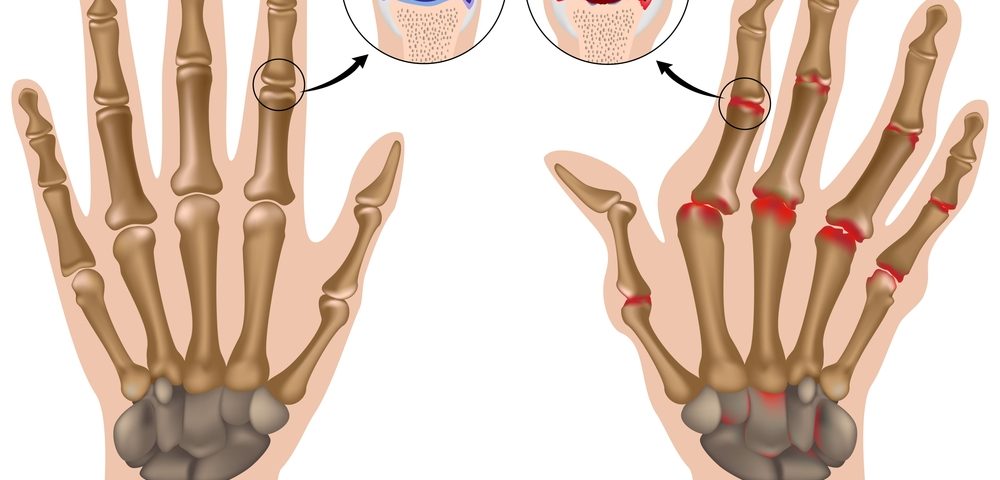Recent results from a Phase 2b clinical trial evaluating the JAK-1 inhibitor, ABT-494, in patients with moderate to severe rheumatoid arthritis (RA) who did not respond to methotrexate (MTX) therapy show that, at specific dosages, the inhibitor realized a rapid improvement in RA symptoms in a majority of the patients. Phase 3 trials of the treatment are now beginning and recruiting RA patients worldwide.
The trial, called BALANCE II (NCT02066389), also showed that ABT-494 is as safe and well-tolerated as other drugs in the same category that are already approved by the U.S. Food and Drug Administration (FDA).
ABT-494 may also potentially reduce inflammation more effectively and more selectively than other drugs, with fewer risks to the patients.
These findings were reported in the article, “Efficacy and Safety of ABT‐494, a Selective JAK‐1 Inhibitor, in a Phase IIb Study in Patients With Rheumatoid Arthritis and an Inadequate Response to Methotrexate,” published in the journal Arthritis Rheumatology.
The study included 300 RA patients on background methotrexate treatment, and lasted for 12 weeks. Patients completing the treatment had the option to continue in a long‐term extension study. ABT-494 was tested in different doses and regimens: 3, 6, 12, or 18 mg twice daily, or 24 mg once daily.
JAKs and Tyk-2 are naturally occurring factors that play a variety of roles in the body, including defense against infections, the production of blood cells, growth, and the development of nerve cells. Drugs to treat RA, with effects on two or more of these factors, are already on the market or are being studied in clinical trials.
ABT-494 has an enhanced selectivity only for JAK-1, which is involved in the production of some of the pro-inflammatory cytokines, molecules that cause the inflammation seen in RA. ABT-494 is designed to reduce the production of these pro-inflammatory cytokines by inhibiting JAK-1.
“Selective inhibition of JAK‐1 might possibly enhance efficacy and reduce undesirable effects associated with inhibition of JAK‐2, JAK‐3, and Tyk‐2,” the researchers wrote in their report.
The trial’s primary endpoint was the proportion of patients who achieved the American College of Rheumatology 20% improvement criteria (an ACR20 response) at week 12. ACR20 response requires at least a 20% improvement in several core set measures of disease activity, including counts on tender joint and swollen joint, a patient’s assessment of pain, a patient’s and physician’s assessment of physical function.
At 12 weeks, researchers found that 62% to 80% percent of ABT-494-treated patients achieved an ACR20 response (62%, 68%, 80%, 64%, and 76% for the 3, 6, 12, 18, and 24 mg doses, respectively), compared to 46% in the placebo group. There was a significant dose-response relationship seen among all ABT-494 doses.
The proportions of patients achieving ACR50 and ACR70 responses were also significantly higher for all ABT-494 doses compared to placebo (except for ACR70 in the 12 mg dose group).
In terms of safety, “The incidence of adverse events was similar across groups; most were mild, and infections were the most frequent” the researchers said.
ABT-494 has now moved into a large-scale Phase 3 clinical testing program, also being sponsored by the drug’s manufacturer, AbbVie. These five studies are now recruiting a diverse population of RA patients; more information is available through clinical trials.gov.
“Doses that reflect the optimal benefit–risk profile will be evaluated in phase III studies to confirm the safety and efficacy observed in this study and will allow comprehensive characterization of the clinical and pharmacologic profile of ABT‐494,” the research team concluded.


